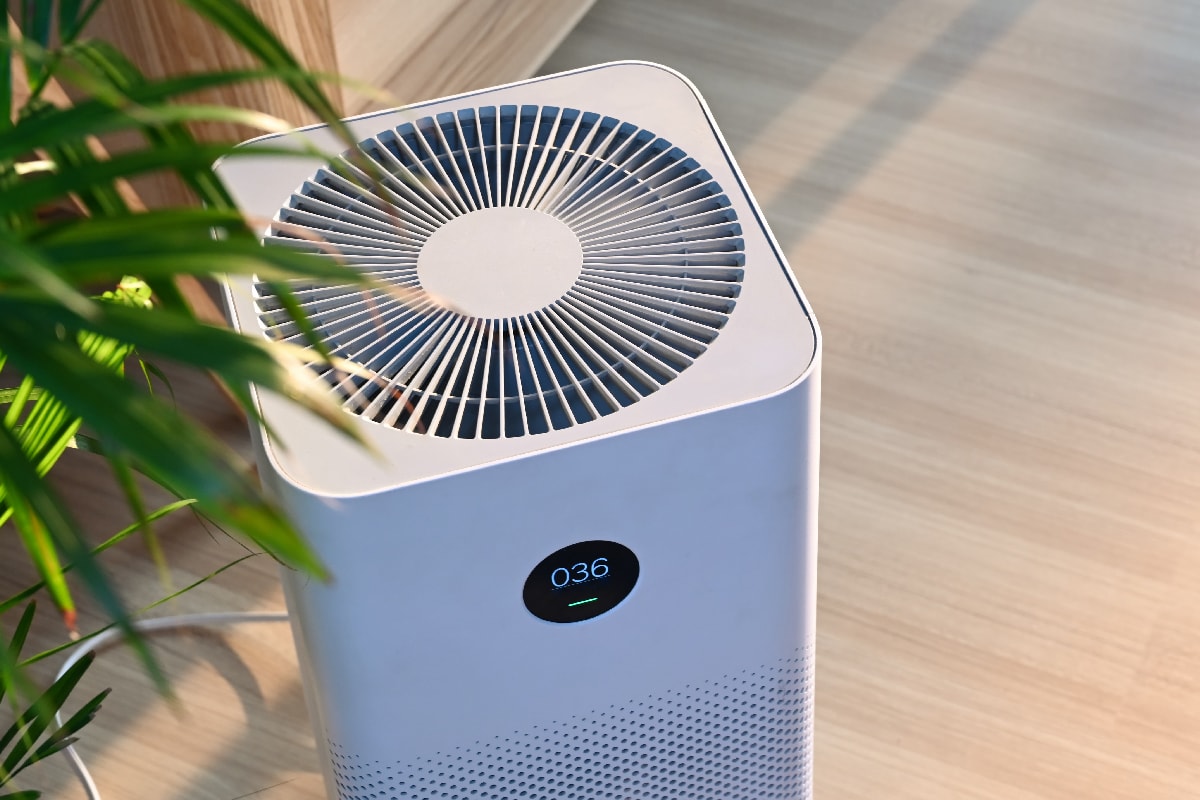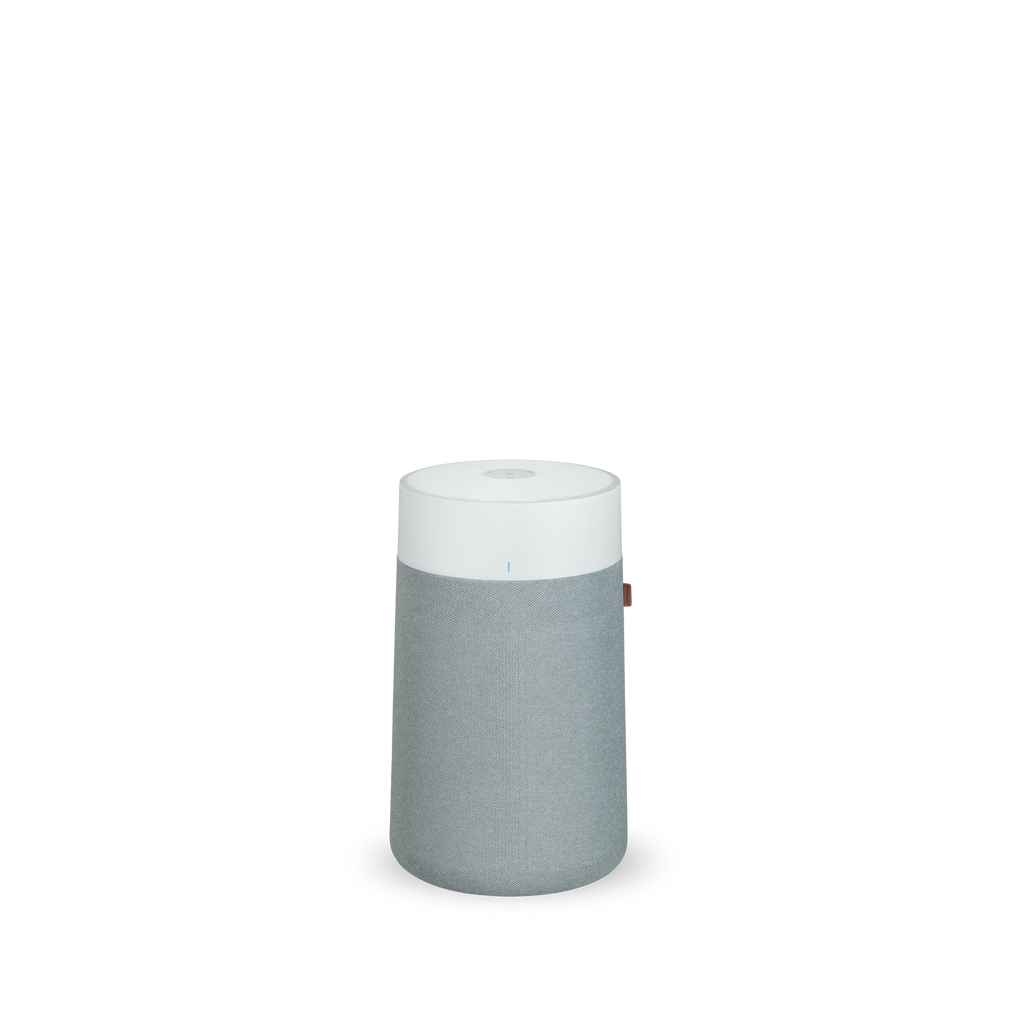Getting clean air in your home is, you know, a pretty big deal for lots of folks. It's about feeling better, breathing easier, and just having a more comfortable place to be. Air purifiers, in a way, fix some common problems, unlike, say, your usual home appliances. When you're looking to pick one out, two names often come up: Blueair and Puroair. They both aim to help you breathe a little easier, but they go about it in slightly different ways.
So, you might be wondering what really sets these two apart. It often comes down to what they can do, the things they offer, and, very importantly, how much they cost. Puroair units are, you know, typically made for smaller spots. Most of these models are good for spaces somewhere between 200 and 500 square feet, which makes them a great pick for your bedroom, a home office, or other compact areas.
Blueair models, on the other hand, tend to work really well in bigger rooms. Units like the Blue Pure 311i Max and the Blue Pure 211i Max, for instance, get the job done better in larger spaces, sometimes even up to 500 square feet. They also come with some neat stuff, like ways to connect to an app and check things from afar, plus they have a rather nice, quiet look. We're going to take a closer look at what makes each of these brands special, so you can figure out which one might be the right fit for your home.
Table of Contents
- Getting to Know Marisa Viglione
- What Makes Air Purifiers Different - Blueair vs Puroair?
- How Do Blueair and Puroair Clean the Air?
- Which Air Purifier is Quieter - Blueair or Puroair?
- Are Blueair Air Purifiers a Good Value?
- What About Features and Smart Connections for Blueair vs Puroair?
- Space and Coverage - Finding the Right Fit
- The Blueair Difference - Beyond Cleaning
Getting to Know Marisa Viglione
Marisa Viglione, you know, holds a pretty important spot as the associate editorial director for The Spruce. She's someone who really loves creating content and has put her work out there on quite a few online spots. She's also played a big part in trying out a whole lot of different things for the home, like more than a hundred vacuums, carpet cleaners, air purifiers, smart home gadgets, and cleaning supplies. She really gets into how these things work in a real-life setting, which is pretty helpful when you're trying to figure out what's what.
| Role | Associate Editorial Director |
| Affiliation | The Spruce |
| Key Contributions | Tested 100+ home appliances including vacuums, air purifiers, smart home devices, and cleaning products. |
What Makes Air Purifiers Different - Blueair vs Puroair?
The main things that set Puroair and Blueair air purifiers apart, you know, are how well they perform, the specific things they offer, and what they'll cost you. Puroair models, as we talked about, are generally made for smaller spots. Most of these units are good for rooms that are about 200 to 500 square feet. This makes a Puroair unit a really good choice for a bedroom, an office, or any other smaller area where you want cleaner air.
Blueair models, like the Blue Pure 311i Max and the Blue Pure 211i Max, are, in some respects, built to do a better job in bigger spaces, sometimes even up to 500 square feet. They also tend to have some extra bells and whistles, such as the ability to connect with an app and let you keep an eye on things from a distance. Plus, they usually have a look that feels a bit more upscale and are designed to run very quietly.
When we put two strong air purifiers to the test, the Blueair Blue Pure 211+ Auto, for instance, really stood out. It proved to be a rather strong air cleaner. Out of all the models we tried, the Blueair Blue unit moved the most clean air, which is a pretty good sign of how well it works. So, you know, if you're thinking about a larger space, Blueair might be the one to look at more closely.
How Do Blueair and Puroair Clean the Air?
When it comes to how they actually pull stuff out of the air, Blueair uses, you know, a special mix of mechanical and electrostatic ways to filter. This method is certainly good at getting things out of the air. However, it's not always as complete as what you get with Puroair's HEPA 13 filters. Puroair, in a way, tends to be more thorough with its filtration, catching a wider range of tiny bits floating around.
The Puroair 400, for example, gets a bit of an advantage with its HEPA 14 filtration. This type of filter is, you know, seen as one of the best on the market for really cleaning the air, especially when you put it next to a Blueair unit that might just have a particle and carbon filter. It’s a pretty big difference if you’re looking for the most complete air cleaning possible. Some Blueair models, like the Coway Airmega 400s and the Blueair 311i Max, do have what's called a true HEPA filter, which is good to know.
Which Air Purifier is Quieter - Blueair or Puroair?
Nobody wants an air purifier that sounds like a jet engine in their living room, right? Puroair's quiet operation is, you know, pretty similar to what you'd get from a Coway unit. But some Puroair models are, actually, even quieter. This is because they use some really good motor technology, which helps them run with less noise. So, if quietness is a top priority for you, Puroair might be worth a closer look.
Blueair models, as we touched on, often have a design that aims for quietness, especially the premium ones. They're built to blend into your home without making a lot of fuss. So, while Puroair might have an edge in some cases due to its specific motor advancements, Blueair is also very much focused on keeping things hushed. It’s a consideration, anyway, that many people find quite important.
Are Blueair Air Purifiers a Good Value?
Blueair is, you know, considered a more upscale air purifier brand. This often means they come with a significantly higher price tag than Puroair units. For instance, the Blueair Blue Pure 511, which is good for medium rooms, might cost around $99.99. A Puroair 240 HEPA 14 for larger rooms, on the other hand, could be around $159.00. These are, in some respects, pretty big differences in cost, and they often show up as "rank 9" versus "rank 11" in comparisons.
Even with the higher price, people who are members of consumer review groups often find Blueair air purifiers to be very dependable. They're also, you know, really happy with what they bought. So, while you might pay more upfront, many feel like they're getting a good return on their purchase with Blueair. It's about, you know, what you value more: the initial cost or the long-term satisfaction and reliability.
What About Features and Smart Connections for Blueair vs Puroair?
Some Blueair models, like the Blue Pure 311i Max and the Blue Pure 211i Max, have rather good features such as app connectivity and the ability to keep an eye on things from afar. This means you can, you know, often control your air purifier with your phone, which is pretty handy. The Blueair Blue Pure 311 Auto is another strong choice in air purifiers, with its own rather good list of features and ways it works.
On the other hand, some Puroair models are, you know, a bit simpler. They might have just one button to control the device, with no remote controls and no app connectivity. This can be good if you prefer something straightforward and easy to use without a lot of extra tech. However, the Puroair 400 does get a bit of an advantage with its HEPA 14 filtration, which is, you know, seen as one of the best on the market, especially when you compare it to a Blueair unit that might just have a particle and carbon filter.
The top air purifiers for 2025, for example, include the Puroair HEPA 14. It comes with HEPA 14 filtration, good particle detection, energy efficiency, and an auto mode function. This means it can, you know, adjust itself to what's needed in the room. The Blueair Blue Pure 311 Auto is, actually, a surprisingly strong air purifier with a clever look that also, you know, appears good and is simple to use.
Space and Coverage - Finding the Right Fit
Puroair models are, generally speaking, made for smaller spaces, with most units handling areas somewhere between 200 to 500 square feet. This makes Puroair a great pick for bedrooms, offices, or other compact areas. But, you know, it's worth noting that the Puroair 240 HEPA 14 for large rooms, for instance, can handle up to 864 square feet, which is a pretty big jump. So, it really depends on the specific model you're looking at.
Blueair models, like the Blue Pure 311i Max and the Blue Pure 211i Max, are, you know, good at getting the job done in larger spaces, sometimes up to 500 square feet. The Blueair Blue Pure 211+ is, for example, a unit that stands about 20 inches high, 13 inches wide, and 13 inches deep, so it takes up just a little over a square foot of floor space. For up to 100 square feet, you might look at something like the Honeywell HHT270 tabletop air purifier, which is good for up to 150 square feet. The Blueair Pure 511 is, you know, good for up to 250 square feet.
If you have a living room that's about 450 square feet, you might be thinking about the Blueair 211+ Auto, which might be on sale right now. Or, you know, perhaps a Levoit Core 600s. The Coway Airmega 400s, Blueair 311i Max, and Levoit Core 400s, for instance, all did pretty well in a difficult task of cleaning the air in a space. So, it's about matching the air purifier's capacity to the size of your room, which is a pretty important step.
The Blueair Difference - Beyond Cleaning
Blueair does some other interesting things too. They have, you know, campaigns like the Blueair x 4Oceans "Pull a Pound" effort, which was updated in April 2025. They also have information about humidifiers and sleep, updated in March 2025, and details about being asthma and allergy friendly, also updated in March 2025. They even offer guidance on picking an air purifier based on room size, updated in February 2025, and a "help me choose" tool. So, they're pretty involved in more than just selling units.
Some Blueair units come with covers that add, you know, a little bit of customization in the color choice of your device. This means you can pick something that matches your room a bit better. Beyond that, some models have just a single button to control the device, with no remote controls and no app connectivity, which, you know, makes them pretty simple to operate. However, replacing air filters can be a bit of a hassle, which is something to keep in mind for both brands, actually.
- Jeff Garlin Movies And Tv Shows
- Ray Lewis Iii
- Amanda Peet Nude
- Killian Marcus Nielsen
- Madison Beer Nudes


